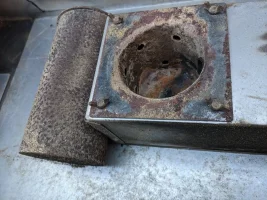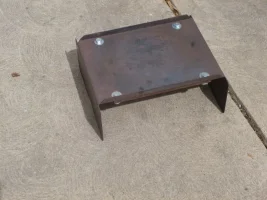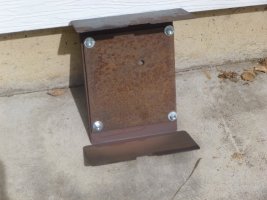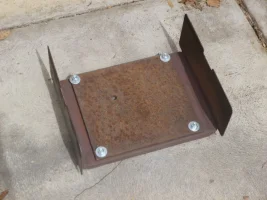brisket
New member
An easy way to hold more stable temperatures on your Traeger is to add thermal mass to the burn chamber. On my old Texas I welded scrap 1/4 plate to the heat deflector and placed ~30 lbs of scrap bar stock near the firebox. On a newer Silverton, simply putting a honking steel billet touching the end of the firebox reduced temperature swings from over +/- 15 degrees to in the +/- 5 range.
Even if you do not have a chunk of 500 Brinell armor steel at hand, angle iron, rebar, or even firebrick works. Don't lay thermal mass along the auger tunnel; that's asking for back burn into the hopper. Also, avoid galvanized - zinc outgassing is toxic and probably tastes bad as well.
Aftermarket heat shields and drip trays should accomplish the same feat.
Even if you do not have a chunk of 500 Brinell armor steel at hand, angle iron, rebar, or even firebrick works. Don't lay thermal mass along the auger tunnel; that's asking for back burn into the hopper. Also, avoid galvanized - zinc outgassing is toxic and probably tastes bad as well.
Aftermarket heat shields and drip trays should accomplish the same feat.















